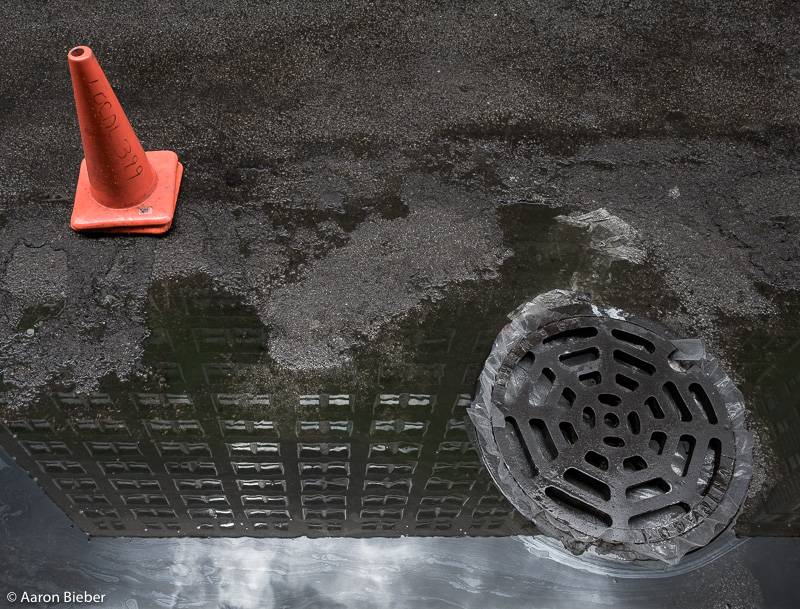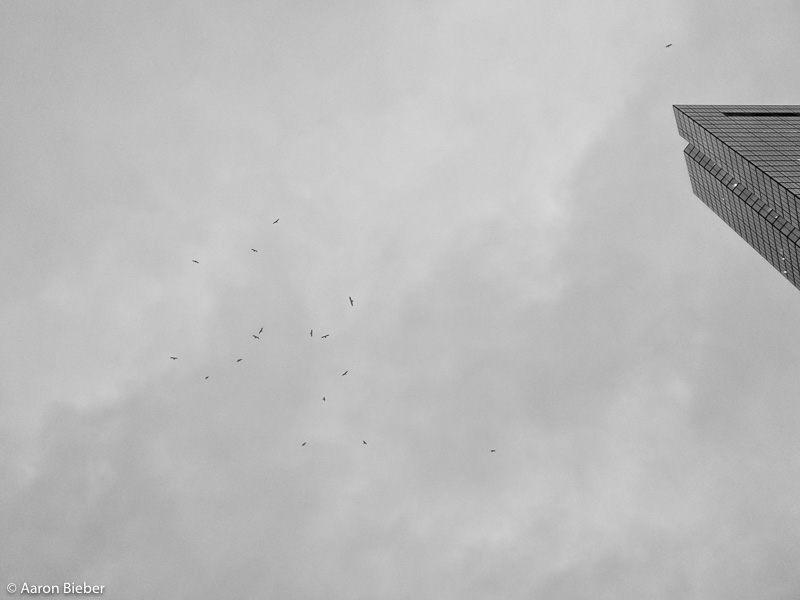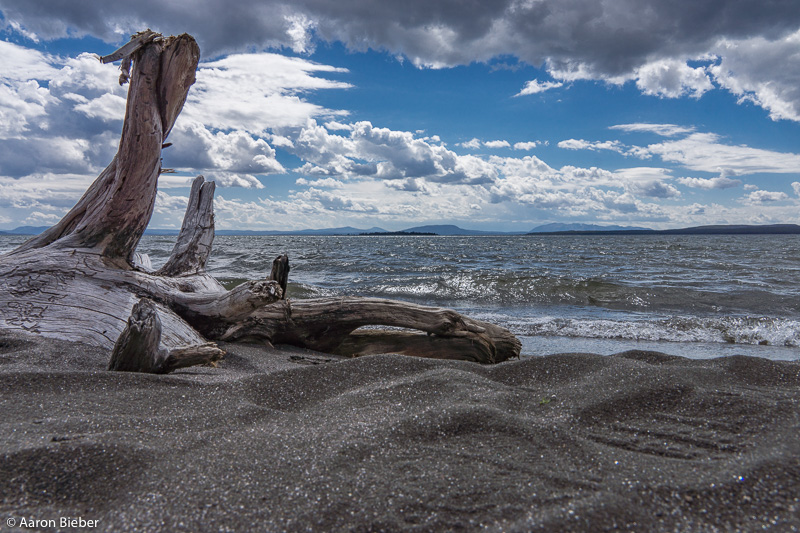Change Your Perspective
I saw this post the other day on DigitalRev talking about something called the “long lens challenge,” which was targeted at landscape photographers. The basic idea is to force yourself to use a long lens rather than a wide lens, even when the shot you really want is a wide one. The goal of the challenge is simple: force creativity.
After reading it, I wanted to give everyone here a similar but even more aggressive challenge: you should do this all the time.
I don’t mean only shoot with long lenses, that’s ridiculous, but you should constantly make yourself uncomfortable in search of creative breakthroughs. Here I’ll share why I think this is critically important, and give you a few quick things you can do today to reach the next level in your work.
I wrote about this a while back (okay it was 11 years ago; time flies when you’re having fun) and to be completely honest I’m going to say a lot of the same things again, but they’re all still true.
The enemy of art is the absence of limitations.
—Orson Welles
Let’s get this one caveat out of the way: if you’re working on commission or satisfying a specific stock photography need, none of this will apply to that specific shoot. You should obviously go get the image you need, sell it, and move on.
I’m an art photographer; I don’t shoot stock, I don’t shoot on commission (yet?). I capture images that are visually exciting or meaningful to me in some way and I hope that other people will appreciate them, too. Whether you are an art photographer or a photog for hire, though, these tips will help you move the boundaries of your creative thinking in useful ways.
So maybe don’t apply these tips during a paid shoot, but going out for a day and playing with these ideas may help bring a new element of surprise to your next paid shoot, or, in my case, help me see things in a new way.
Why is this important?
Why is it important to feel uncomfortable? Because nobody ever created anything truly breathtaking from their comfort zone. The images that leave a lasting impression are the ones that are unexpected, surprising, unusual. Those images are created by photographers bending the rules, trying new things, and probably feeling just a little bit anxious about it the entire time.
These are the standard tips that I generally give people searching for a little creative jump start.
Look down
The first couple of tips here are obvious, but bear repeating. I taught a workshop in Chicago, and while walking around the city it’s easy to spend most of your time looking straight or up; the city stretches into the sky and many of its most iconic features are up there.
I happened to be watching the street as I walked and spotted this construction cone. The cone by itself wouldn’t be very interesting, nor the sewer grate, but all together with the reflection of the building across the road, I think, makes for an interesting composition.

I never would have seen this if I had been focusing my attention on the buildings themselves. Try forcing yourself to only shoot things below the horizon line. See what you observe that you wouldn’t have seen before.
Look up
Of course, as I said above, in city surroundings you’re likely to be looking up a fair bit anyway, but don’t forget this tip in other situations as well.
I captured this image while walking to work one morning across Boston’s Copley Square. On the right is the former John Hancock tower, now known simply by its address, 300 Clarendon Street. What makes this image interesting to me is the focus on the birds and the texture of the clouds with just a little reminder that this is a city (or even that it’s Boston, if you’re very familiar with that particular building).

The point I’m trying to make is that I was walking to work; I wasn’t actively out on a photo shoot trying to make art. I look all around me all the time, seeking those moments and those opportunities. I took this photo with my cell phone, because it was the only camera I had on hand. I like this image a lot.
Try limiting yourself to shooting only straight up. Go into that library or church and see what their ceilings look like. Shoot straight up the side of a lamp post, tree, building, or whatever you can find.
Get low
Exercising those creative muscles will make them lean and strong and then you’ll start to see exciting things around you all the time. An easy one that many instructors use is to get lower.
I love trying shots from down low, to see if I can get a more unique foreground or a perspective not usually seen.

This one is from Yellowstone National Park. The day was beautiful, but not the best for landscapes. Still, the clouds were very interesting. At this time of day, the lake is just not very attractive, but by getting down low I was able to minimize the size of the boring lake in the frame and bring a cool driftwood subject in front of the awesome sky.
Make up your own challenges
The important part of challenging yourself creatively like this is removing some of the freedom you normally enjoy. Imposing these invented limitations creates a situation where you have to think harder, look harder, and build up your adaptation reflexes.
You can make up your own challenges! Here are a few other ideas to get you started:
- Use only a specialty prime lens, like a macro or fisheye, regardless of location or subject
- Shoot only in portrait orientation, or only in landscape orientation
- Set your camera to single point autofocus and move the focus point somewhere other than the center of the frame
Nearly any limitation will get your eyes and your brain working together in new ways.
Did you try any of these? Have other ideas? Please share with me in the comments down below!
Also see:
 Single-Serving Photo
Single-Serving Photo
Comments